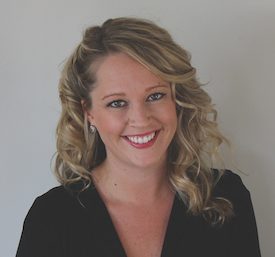Reverse mortgages in Canada are all the rage, apparently. The industry closed out December up 31% year over year, with the nation’s total outstanding reverse mortgage credit reaching a record $3.48 billion, according to Canada’s Mortgage Broker News.
And, Canada’s Office of the Superintendent of Financial Institutions, which calculates reverse mortgage uptake, said this upward trend is likely to continue as more seniors look to access their equity.
Since 1986, HomEquity Bank's CHIP reverse mortgage was the only product on the market, and in recent years, it has seen interest soar from Canada’s Baby Boomers.
But now HomEquity has some competition. Earlier this month, Equitable Bank decided it wanted a piece of the action, launching its Path Home Plan for consumers in British Columbia, Alberta and Ontario.
"Traditionally, reverse mortgage products have always been for older people, and for doom and gloom situations where people are desperate," Kim Kukulowicz, vice president of residential sales and partner relations at Equitable Bank, told The Globe and Mail. "We want people to see it isn't a bad thing to take equity out of your house. It helps Canadians stay in control of their financial security, and they get to live in their home."
Kukulowicz said Equitable Bank was prompted to enter the space because of three important factors: the size of the country's aging demographic, increasing home prices that have homeowners amassing considerable equity, and a general lack of retirement savings.
All three of these trends are evident in the U.S. as well, and while they serve to support assertions made by those in the business that reverse mortgages serve a real need, they haven’t translated into sizable loan activity.
The reverse mortgage market in the U.S. settled into a 14-year slump at the close of 2018, with volume down 27% year over year.
The decline is largely due to persistent government regulation that has forced lenders to revise and reassess their practices over and over again, as well as new program guidelines that have limited the proceeds of the loan in order to curb losses to the Federal Housing Administration’s insurance fund.
Canada’s success begs the question: Why do the two markets – which are so similar in nature and face the same demographic and economic trends – have vastly different rates of success?
Canada’s reverse mortgage products differ in that they are both available to homeowners 55 and older (whereas the minimum age in the U.S. is 62) and that they are completely private, with no government backing.
Could the private nature of Canada's market be the secret sauce to its success?
This would be promising news for the U.S. lenders that have spent the last year focusing intently on growing the private, non-agency reverse mortgage market.
This proprietary market has grown from one product offering to seven in the past year, touting loans that accommodate homeowners with properties that exceed the FHA's limit of $726,525.
While there is no data currently available that calculates the success of these offerings across lenders, many are individually reporting sizable interest that has exceeded expectations thus far.
As the FHA’s HECM product continues its decline, perhaps these products will give the U.S. market the boost it so desperately needs.





